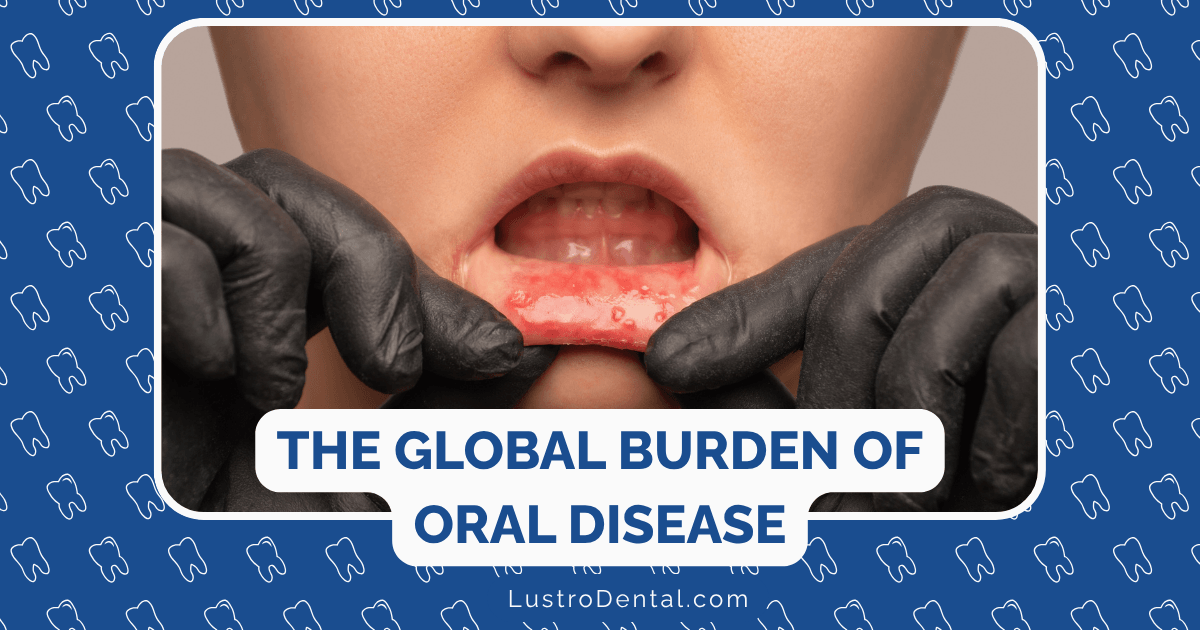The Dental Treatment Plan: How to Read and Understand It

You’ve just finished your dental exam, and your dentist hands you a document filled with codes, numbers, and dental jargon that might as well be written in hieroglyphics. Sound familiar? Dental treatment plans can be intimidating, but understanding them is crucial for making informed decisions about your oral health. Let’s break down this mysterious document and empower you to take control of your dental care.
What Is a Dental Treatment Plan?
A dental treatment plan is essentially a roadmap for your oral health journey. It outlines:
- Current conditions affecting your teeth and gums
- Recommended procedures to address these conditions
- The sequence in which treatments should occur
- Cost estimates for each procedure
- Insurance coverage information (if applicable)
According to the American Dental Association, a comprehensive treatment plan is the foundation of good dental care, serving as a communication tool between you and your dental team.
The Anatomy of a Dental Treatment Plan
Most treatment plans contain similar elements, though their exact format may vary from practice to practice. Here’s what you’ll typically find:
1. Patient Information
This section includes your basic details like name, contact information, and insurance information. Always verify this information is correct to avoid billing issues later.
2. Diagnosis and Current Conditions
This section describes what’s happening in your mouth, often using clinical terms like:
- Caries: Dental decay or cavities
- Periodontitis: Advanced gum disease
- Edentulous areas: Spaces where teeth are missing
- Malocclusion: Misalignment of teeth
Don’t hesitate to ask your dentist to translate these terms into everyday language.
3. Treatment Recommendations
This is the core of your treatment plan, listing all recommended procedures. Each procedure will typically include:
- CDT Code: A standardized code used for dental procedures (e.g., D2740 for a porcelain crown)
- Tooth number: Identifying which tooth needs treatment
- Procedure description: A brief explanation of the treatment
- Fee: The cost of the procedure
4. Treatment Phases
Complex treatment plans are often divided into phases based on priority:
Phase 1: Urgent/Acute Care
Addresses immediate problems like pain, infection, or trauma. This might include:
- Tooth extractions for severely damaged teeth
- Root canal therapy for infections
- Treatment for dental abscesses
Phase 2: Disease Control
Focuses on stopping active disease processes, such as:
- Scaling and root planing for gum disease
- Fillings for active decay
- Antimicrobial treatments
Phase 3: Restorative/Definitive Care
Once your mouth is stabilized, this phase addresses:
- Crowns and bridges
- Implants
- Orthodontic treatment
- Cosmetic procedures
Phase 4: Maintenance
The ongoing care needed to maintain your dental health:
- Regular cleanings
- Periodic examinations
- Preventive treatments
Research from the Journal of Dental Research indicates that phased treatment planning leads to better long-term outcomes and higher patient satisfaction.
Decoding Dental Codes and Terminology
CDT Codes Explained
Current Dental Terminology (CDT) codes are five-character codes that begin with “D” and are updated annually by the American Dental Association. For 2025, there are several new codes, including:
- D2956: Removal of an indirect restoration on a natural tooth
- D6193: Replacement of an implant screw
- D9913: Administration of neuromodulators (like Botox for TMJ disorders)
These codes help standardize communication between dental offices and insurance companies.
Tooth Numbering Systems
Your treatment plan will identify teeth using a numbering system. The two most common are:
Universal Numbering System (used in the US)
- Adult teeth are numbered 1-32, starting with the upper right third molar
- Primary (baby) teeth are lettered A-T
International Standards Organization (ISO) System
- Divides the mouth into quadrants (1-4 for adults, 5-8 for children)
- Within each quadrant, teeth are numbered 1-8
- Example: Tooth 2.6 is the first molar in the upper left quadrant
Surface Abbreviations
Dental procedures often specify which surface of the tooth is being treated:
- M: Mesial (surface facing the midline)
- D: Distal (surface away from the midline)
- O: Occlusal (chewing surface)
- B or F: Buccal or Facial (surface facing the cheek)
- L: Lingual (surface facing the tongue)
So, a “MOD composite” refers to a tooth-colored filling on the mesial, occlusal, and distal surfaces.
Understanding the Financial Aspect
Insurance Coverage
Your treatment plan should indicate:
- Estimated insurance coverage: What your insurance is expected to pay
- Patient responsibility: Your estimated out-of-pocket cost
- Alternative treatment options: Less expensive alternatives, if available
According to Delta Dental, one of the nation’s largest dental insurers, most dental plans have:
- Annual maximums (typically $1,000-$2,000)
- Deductibles (usually $25-$100)
- Coverage percentages that vary by procedure type (preventive: 80-100%, basic: 70-80%, major: 50%)
Pre-Treatment Estimates
For complex or expensive procedures, your dentist may submit a pre-treatment estimate to your insurance company. This gives you a clearer picture of your out-of-pocket costs before treatment begins.
Questions to Ask About Your Treatment Plan
- What is the priority of these treatments? Which need to be done immediately, and which can wait?
- Are there alternative treatments available? Some conditions have multiple treatment options with different costs and outcomes.
- What happens if I delay or decline treatment? Understanding the consequences helps you make informed decisions.
- How long will the treatment take? Knowing the time commitment helps with planning.
- What will be my out-of-pocket cost after insurance? This helps avoid financial surprises.
- Is financing available? Many practices offer payment plans or third-party financing options.
Red Flags to Watch For
While most dental treatment plans are created with your best interests in mind, be cautious if you notice:
- Pressure to commit to extensive treatment immediately
- No explanation of treatment alternatives
- Recommendations that seem excessive compared to your symptoms
- Reluctance to provide a written treatment plan
The American Dental Association’s Principles of Ethics emphasize that dentists should present all treatment options and respect patients’ right to make informed decisions.
Tools to Help You Understand Your Plan
Many dental practices now use digital tools to help patients understand their treatment plans:
- Digital imaging: Shows visual representations of your current conditions and projected outcomes
- Intraoral cameras: Allow you to see what the dentist sees
- Treatment simulators: Demonstrate how procedures will improve your smile
According to a study published in the Journal of Dental Education, patients who receive visual aids alongside verbal explanations show significantly better understanding of their treatment plans.
Taking Control of Your Dental Health
Understanding your dental treatment plan empowers you to:
- Make informed decisions about your oral health
- Budget appropriately for necessary care
- Communicate effectively with your dental team
- Prioritize treatments based on your needs and resources
Remember, your dentist should be your partner in dental health. Don’t hesitate to ask questions until you fully understand your treatment plan.
Have you received a dental treatment plan that left you confused? Share your experience in the comments below!







